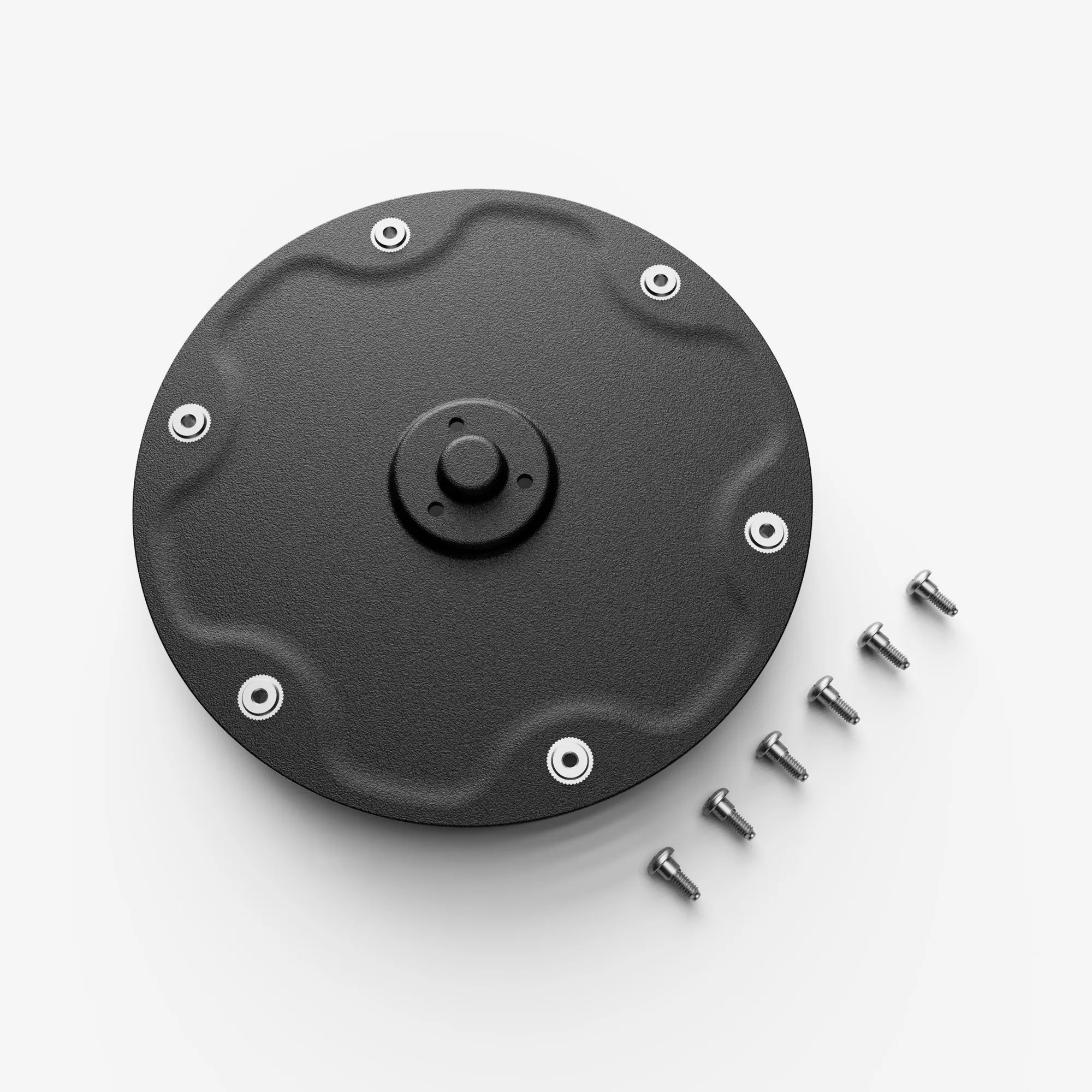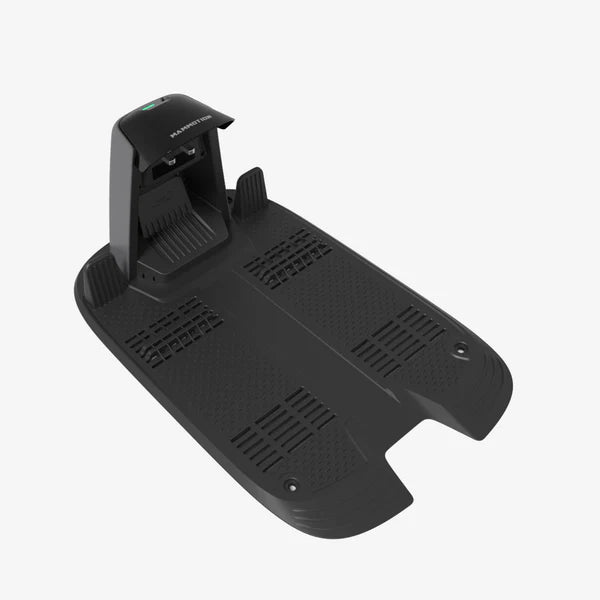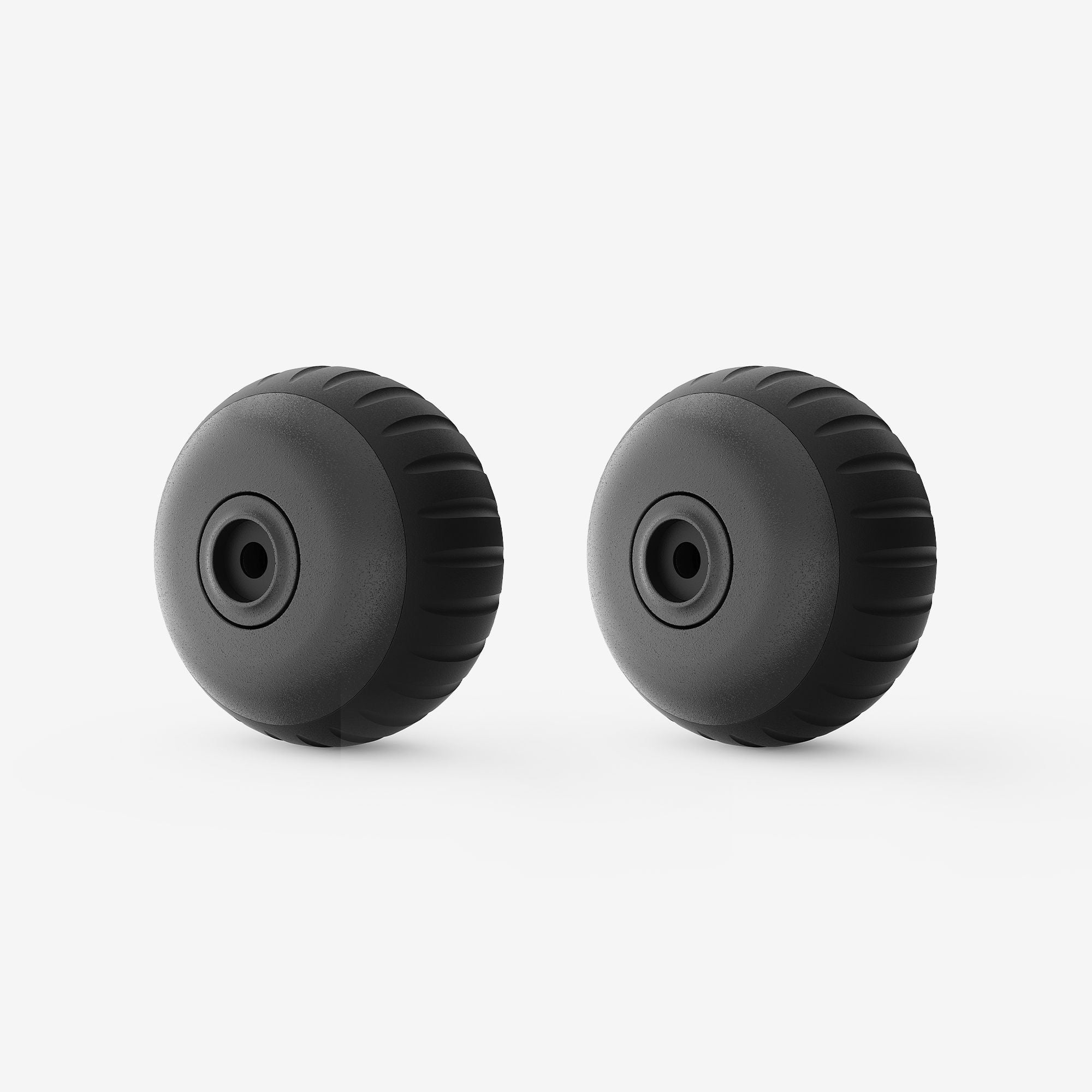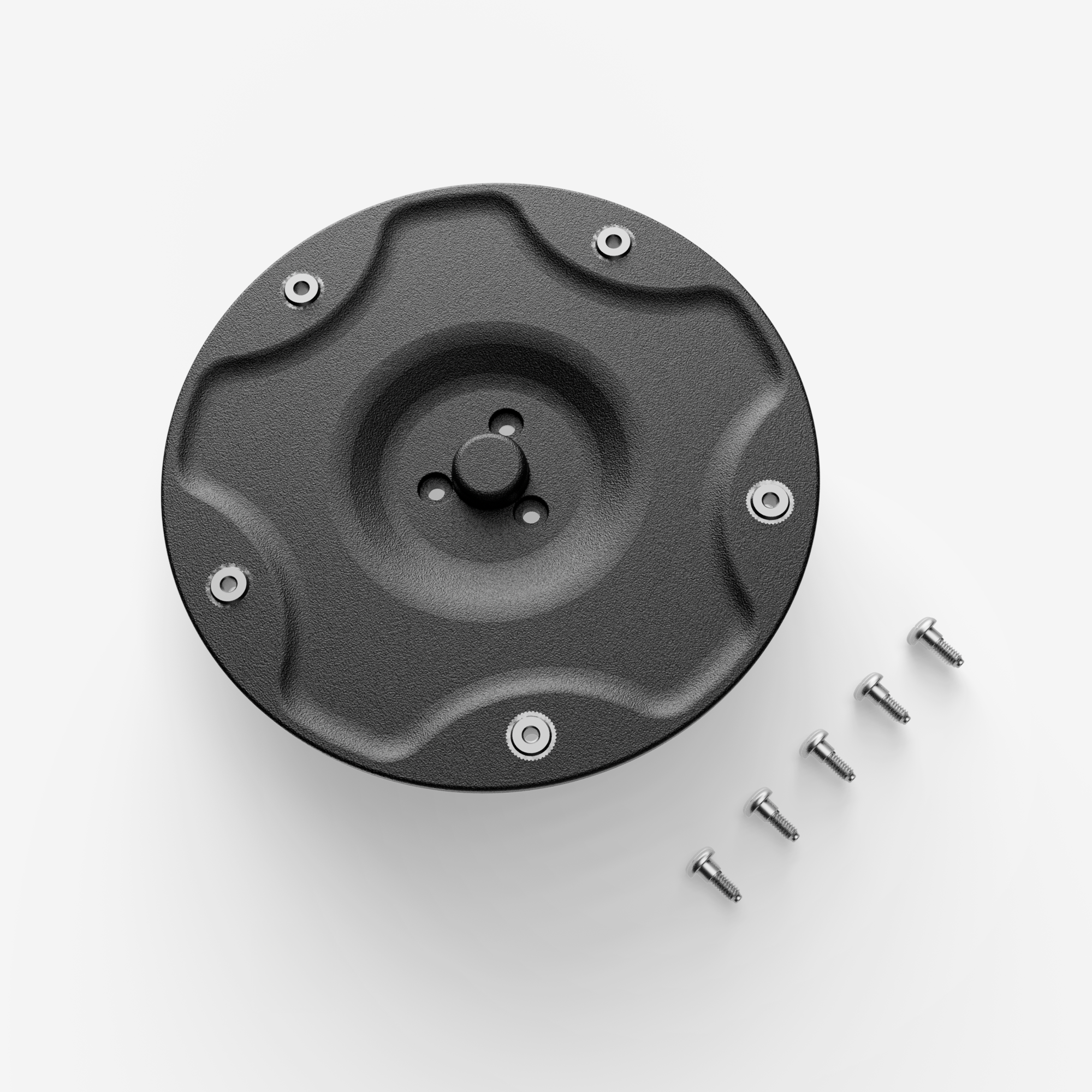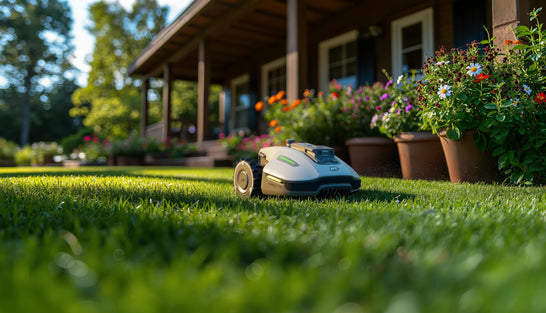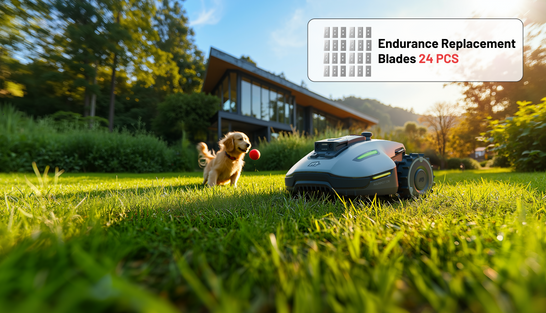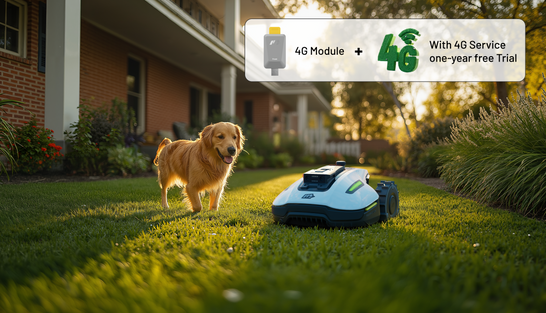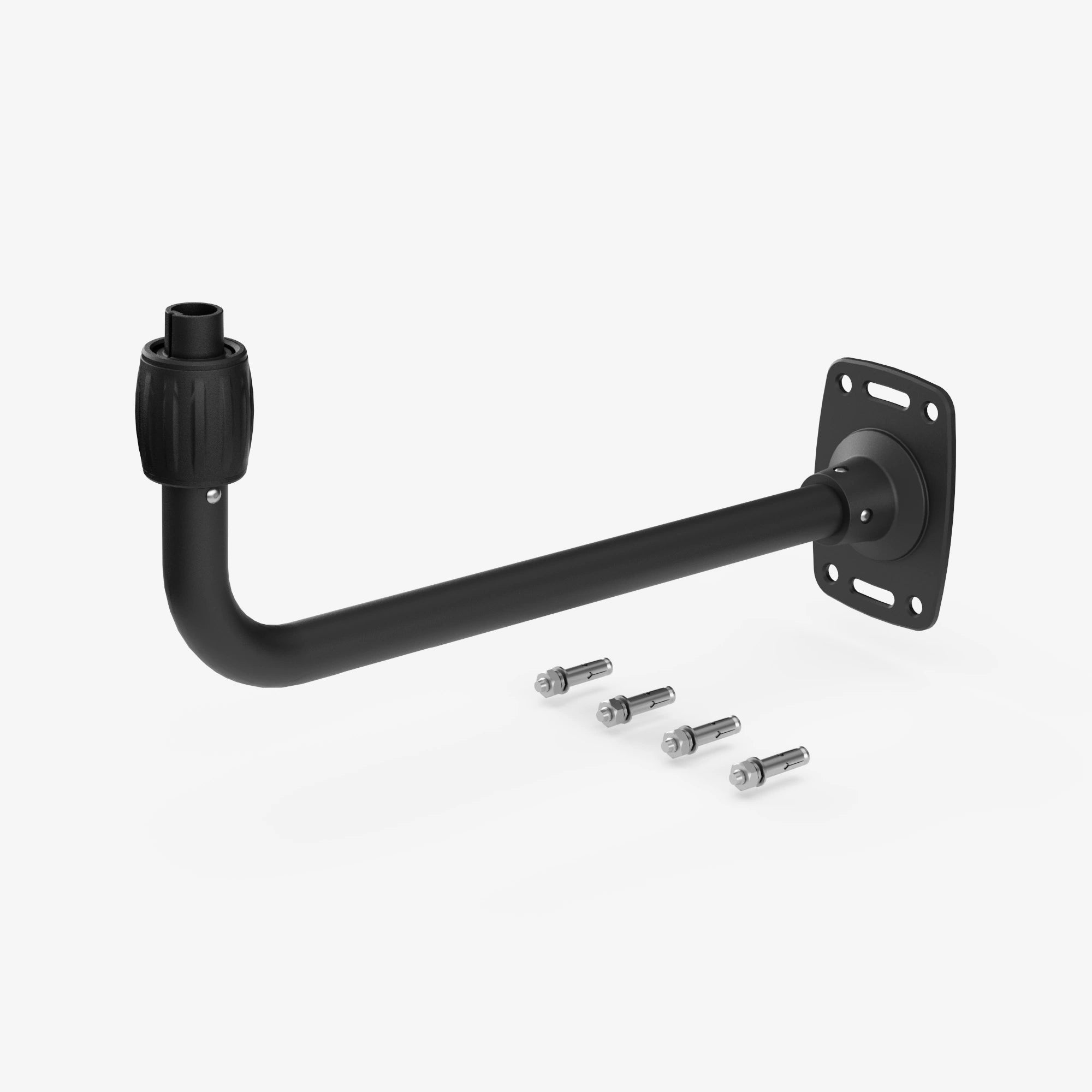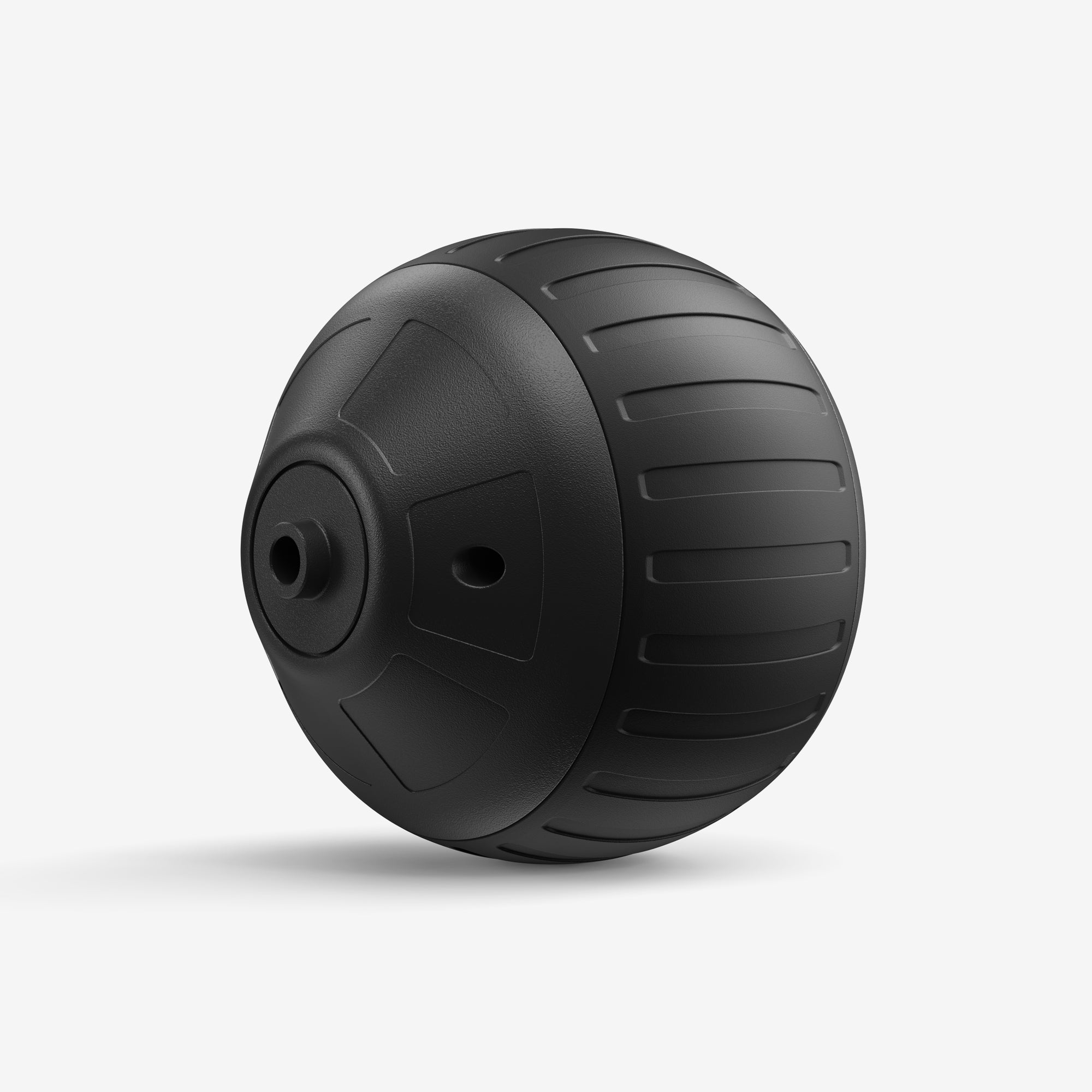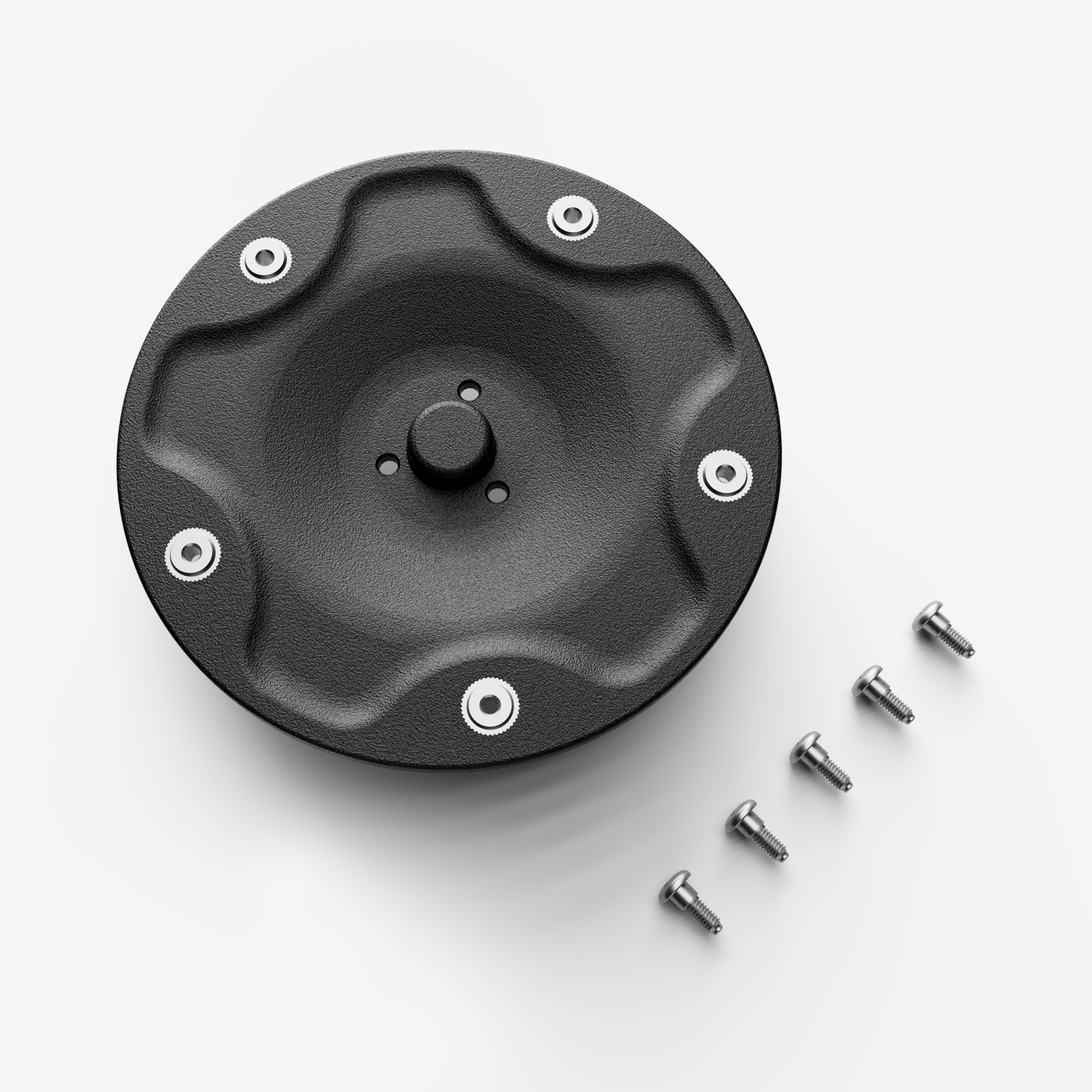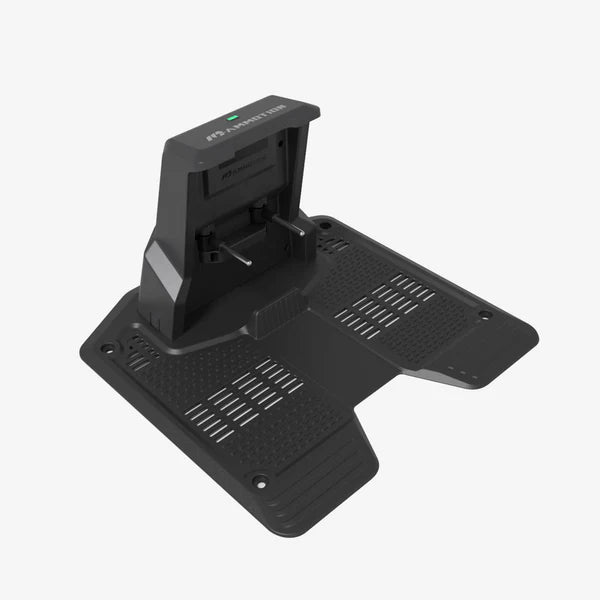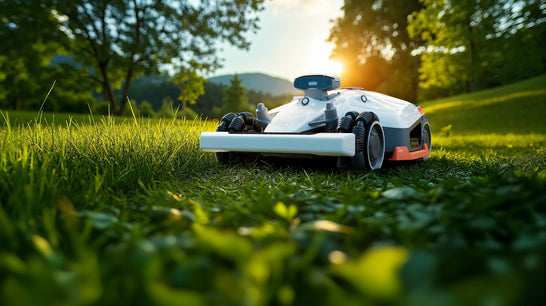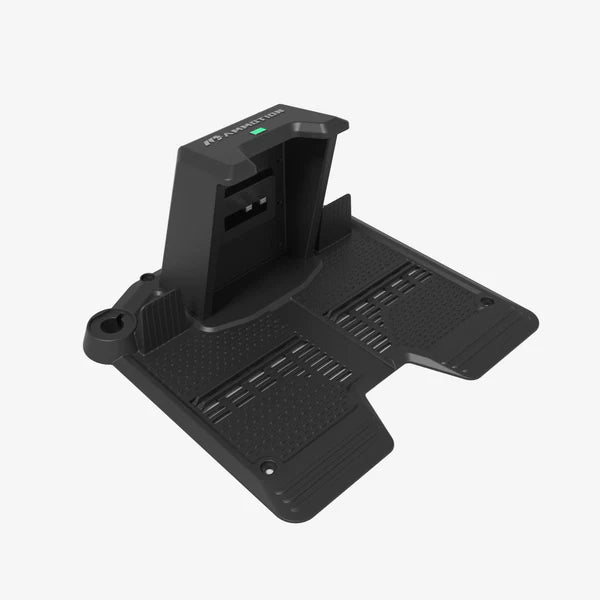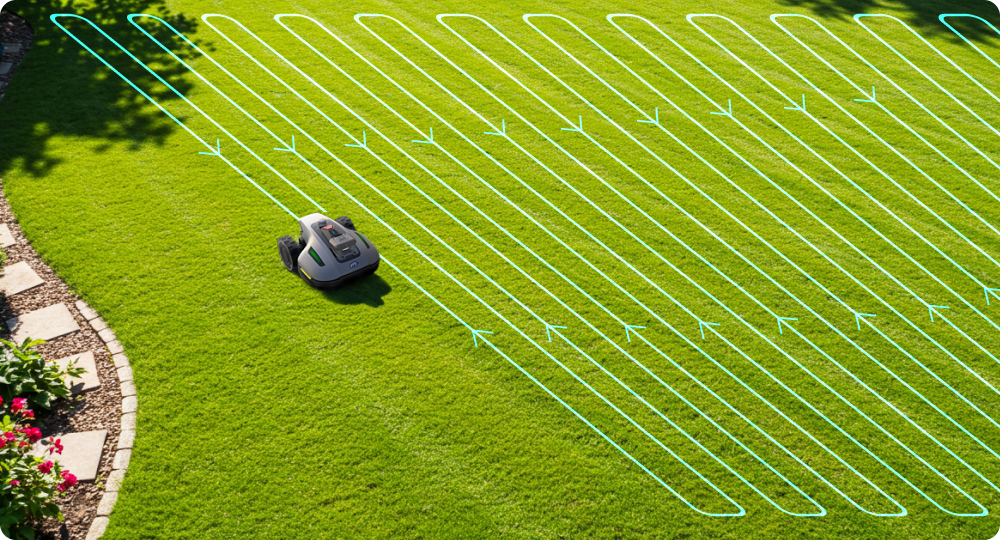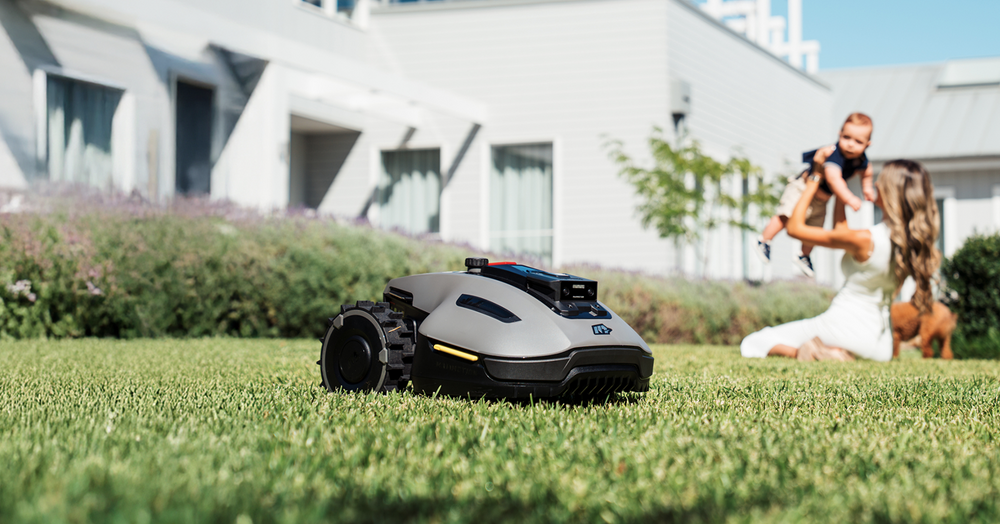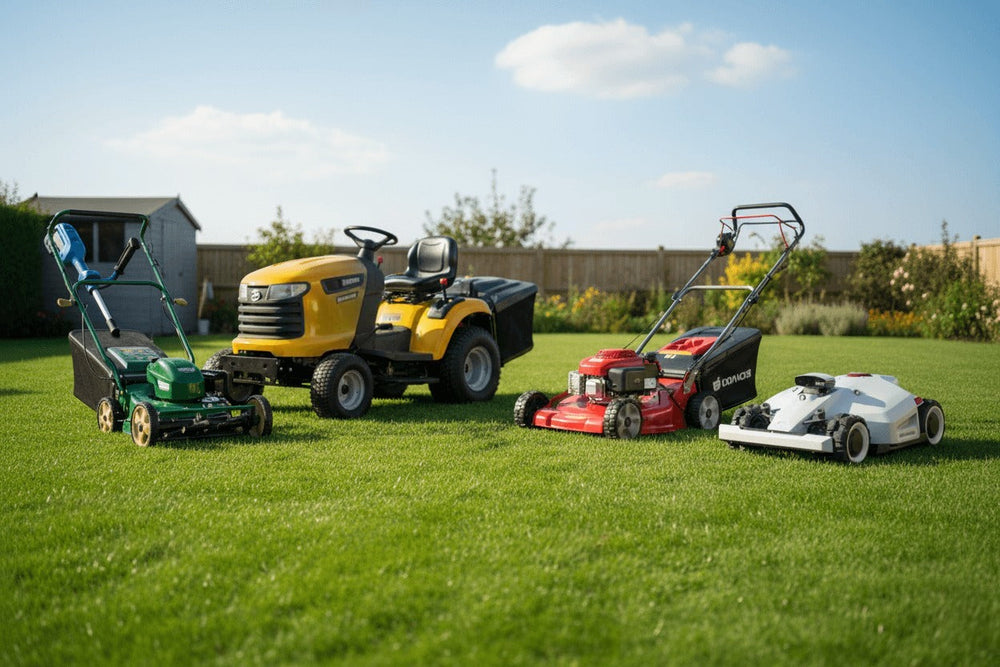A robotic mower's systematic pattern is not just a feature; it is the difference between a toy and a tool. It means your mower navigates with logic and precision—cutting in efficient, calculated lines rather than relying on random chance.
In this article, you’ll learn exactly what systematic pattern mowing is, how it works, and why it’s becoming a must-have feature for modern robotic mowers. We’ll break down the main pattern types, explore the navigation technologies that enable precise cutting.
What Is Systematic Pattern Mowing?
Systematic pattern mowing refers to a robotic mower’s ability to cut the lawn using planned, orderly, and repeatable routes rather than wandering in a random pattern. Instead of relying on chance to cover the yard, the mower follows a deliberate map or guidance system, creating predictable lines and maximizing cutting efficiency. This approach not only improves coverage but also produces a cleaner, more professional-looking finish that resembles the results of a traditional lawn tractor or a skilled human operator. Lawn Mowing Patterns for Robotic Lawn Mowers
The most common systematic mowing patterns include:
1. Parallel (Zigzag) Pattern
Also known as linear or stripe-style mowing, this pattern uses long, straight passes that run back and forth across the lawn in alternating directions. The mower turns at each boundary and returns along a neighboring path, minimizing overlap while creating an organized appearance. This is the foundation for achieving a “striped” aesthetic on many lawns.

2. Checkerboard (Crosshatch) Pattern
A checkerboard pattern is created when the mower performs a second set of parallel passes at a perpendicular angle to the first. By cutting the lawn in two directions, the mower ensures even more uniform coverage and a premium finish. This pattern is often used for sports fields, golf fairways, and lawns where the homeowner wants a high-end, manicured look.
3. Triangle Pattern
A triangular or multi-angle approach divides the mowing area into sections that the mower tackles using angled lines. This technique helps optimize coverage in irregularly shaped yards and reduces the likelihood of missed patches in corners or narrower spaces.
Together, these patterns form the core of systematic mowing—providing structure, consistency, and superior visual results compared to older random-navigation systems.
Key Advantages of Systematic Pattern Mowing of Robotic Mowers
Systematic pattern mowing provides several clear benefits over traditional random-movement robotic mowers:
1. Efficient Lawn Coverage
By following preplanned routes, whether parallel, checkerboard, or triangular, the mower ensures that every part of the lawn is cut with minimal overlap. This reduces total mowing time and energy consumption, making the process more efficient.
2. Consistent and Uniform Cutting
Systematic patterns allow the mower to maintain an even grass height across the entire lawn. This consistency prevents patchy or uneven growth, delivering a professional, well-manicured look.
3. Enhanced Visual Appeal
Patterns such as parallel (zigzag) or checkerboard create visible stripes or crosshatch effects, giving your lawn a polished, high-end appearance similar to golf courses or sports fields.
4. Better Adaptability for Complex Lawns
Systematic mowing is particularly advantageous for large or irregularly shaped lawns. The mower can navigate corners, long corridors, and obstacles in a structured way, reducing the need for manual adjustments.
5. Improved Overall Lawn Health
Even coverage and controlled overlap help distribute clippings more uniformly, reducing stress on the grass and promoting healthier, denser growth over time.
Overall, systematic pattern mowing combines efficiency, precision, aesthetics, and turf health, making it a superior choice for modern robotic mowers.
Core Navigation Technologies That Enable Systematic Pattern
Modern robotic mowers rely on advanced navigation technologies to execute systematic mowing patterns with precision. The most common methods include:
1. RTK / GNSS / RTK-GPS
Real-Time Kinematic (RTK) GPS allows centimeter-level positioning, enabling mowers to follow perfectly straight, repeatable paths. Standard RTK or GNSS systems are highly accurate, but many suppliers use only one or two technologies, which can limit reliability in complex terrains.
2. AI Vision/ vSLAM / Camera
Camera-based AI systems map the lawn, detect obstacles, and adjust the mowing route dynamically. While effective in many cases, AI vision alone may struggle under low-light conditions or with uniform grass textures.
3. LIDAR
LIDAR sensors scan the environment using lasers to create detailed maps. This technology excels at obstacle detection but may still lack the consistency needed for perfectly straight mowing lines in large yards.
Some advanced models, like Mammotion’s Tri-Fusion system, combine all three technologies—RTK, AI Vision, and LIDAR—seamlessly. The mower automatically selects the most precise guidance method for each section of the lawn, ensuring reliable, repeatable patterns even in complex or irregular landscapes. This multi-sensor approach represents the cutting edge of systematic mowing technology, delivering both efficiency and professional-quality results.

How to Choose a Systematic Pattern Mowing?
Choosing the right systematic pattern for your robotic mower depends on several factors, including lawn size, shape, terrain complexity, and your desired visual results.
1. Lawn Size and Shape
For large, open lawns, parallel (zigzag) patterns are ideal because they minimize overlap and create clean, continuous lines. For smaller or irregularly shaped yards, checkerboard or triangular patterns may be more effective, ensuring no areas are missed and corners are covered efficiently.
2. Desired Appearance
If visual aesthetics are a priority, parallel or checkerboard patterns produce professional-looking stripes or crosshatch effects. Triangular patterns are more functional than decorative, optimizing coverage in challenging layouts rather than creating visual stripes.
3. Technology Compatibility
Different mowers support different navigation technologies. RTK or GNSS-enabled models excel at producing precise straight lines, while AI vision or LIDAR may handle obstacles better but with slightly less pattern accuracy. Advanced systems, like Mammotion’s Tri-Fusion, combine multiple sensors to automatically select the most precise method for each section.
4. Efficiency and Maintenance
Systematic patterns reduce overlap and mowing time, but more complex patterns may require higher battery capacity or more frequent charging. Consider your mower’s endurance when selecting a pattern.
By evaluating these factors, you can select the systematic pattern that balances coverage, aesthetics, and efficiency for your lawn.
How Many Systematic Patterns Does Mammotion Robotic Mowers Offer?
Mammotion robotic mowers provide users with two primary systematic mowing patterns: zigzag (parallel) and checkerboard (crosshatch).
Zigzag or parallel pattern: is ideal for large, open lawns. The mower moves back and forth in straight, alternating lines, creating neat stripes and minimizing overlap for faster, more efficient mowing. This pattern is particularly effective for users who want a professional, visually appealing lawn with minimal effort.

Checkerboard pattern: which adds an additional layer of precision by performing a second set of perpendicular passes over the same area. This ensures uniform coverage and creates a crosshatch effect, giving the lawn a premium, manicured look similar to golf fairways or sports fields.
By offering both patterns, Mammotion allows homeowners to choose the mowing style that best suits their lawn size, shape, and aesthetic preference.
Conclusion
Systematic pattern mowing has transformed robotic lawn care by combining precision, efficiency, and aesthetic appeal. Unlike random-movement mowers, robotic mowers with systematic patterns—such as parallel (zigzag) or checkerboard—ensure consistent coverage, reduce overlap, and deliver a polished, professional-looking lawn.
By understanding the available patterns, evaluating lawn size and shape, and selecting a mower with reliable navigation tech, homeowners can enjoy a healthier, more attractive lawn with minimal effort.





